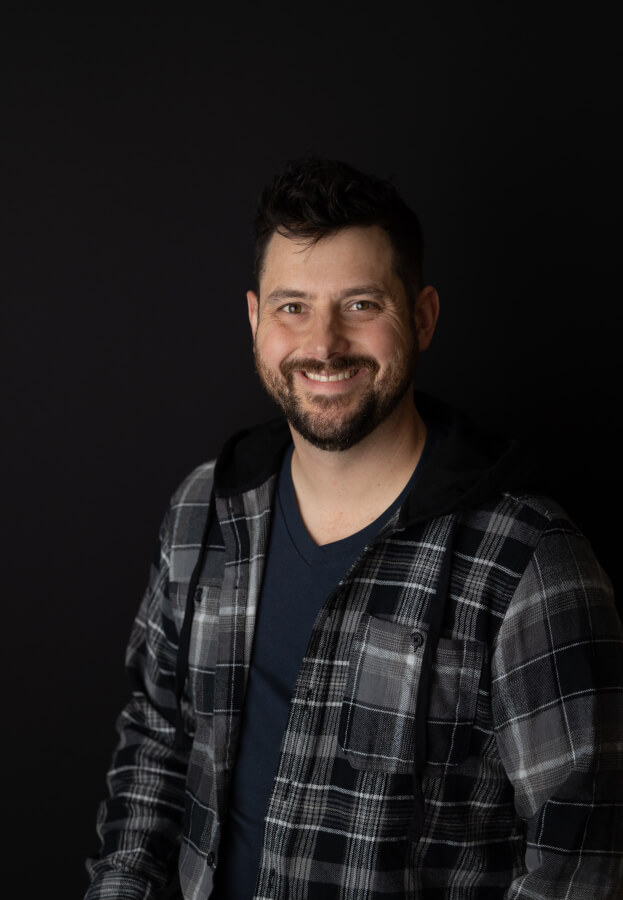Hey everyone, Kirk here.
I’ve been giving a talk recently called "Survival of the Strategic," bouncing around cities like London, Berlin, and Bologna. Each time, I tweak it a bit, hoping it sparks some real thought. Because honestly, in our rush – especially in this AI era – to find the next hack, the next script, the next what, we often forget to ask why. You can watch the whole thing here!
Survival of the Strategic - Rethinking Growth in Search Marketing
But to summarize... You're here, you're learning. You've probably devoured sessions on AI, AEO, SEO, PPC, maybe even learned to "hack the matrix". You've got the technical chops. You know your TROAS from your TCPA, you run experiments, you build spreadsheets that would make Excel weep with joy.
But I've got some potentially frustrating news: None of that matters... if you don't solve the actual problem preventing business growth.
Think about it. We often get handed two types of clients. There’s the HexClad – massive brand recognition (thanks, Gordon Ramsay!) , huge influencer network , killer marketing across the board , even a Super Bowl ad. Then there’s Pots & Pans R Us (yes, I made them up, but you know them) – tiny budget, 27 YouTube subs, maybe boosting a Facebook post once in a while, and their SEO strategy involves chasing mythical "do-follow" links.
Both come to you and say, "Scale my search campaigns!".
Which one actually has a shot at exponential growth through your channel?
Our temptation, our training, is to get technical. We dive into the account, tweak settings, run tests, build those beautiful, complex spreadsheets. We do all the "right" things according to the best practices we've learned. And yet, sometimes, performance still drops, and the client or boss isn't impressed. Why? Because your boss or client doesn't ultimately care about your technical skill; they care about GROWTH.
So, where does growth really come from?
It starts with Business Fundamentals. Is the product good? Is the pricing right? Is the positioning clear? Can they even fulfill the orders if we do drive sales? Stuff that has nothing to do with our channels can absolutely kill growth.
Then comes Awareness. People need to know the brand exists. That's built through brand marketing, content, social, PR – things outside our typical search silo.
Then you need to Convince them to buy , often repeatedly.
Only then do we, the search marketers (PPC and SEO), step in to Capture the Demand as Efficiently as Possible. We're Step 4 in a 5-step process. We contribute to growth, but we do not own growth.
Think of it like this: Our job is to be the best darn vacuum cleaner business around. We find the dirt (demand) and suck it up efficiently. We can buy better vacuums (optimize bids), bigger vacuums (expand keywords), even fancy AI robot vacuums (hello, PMax). But a better vacuum doesn't make the room bigger. Scaling means the business needs to build more rooms. HexClad is building rooms. Pots & Pans R Us is asking you to magically make their tiny room bigger with just your vacuum.
The core problem Pots & Pans wants fixed isn't technical search; it's a business problem. And throwing technical channel know-how at a business problem will not solve the problem if the channel isn't the problem!. You could be the best technical marketer on earth for CNN+, but if the product doesn't resonate, no amount of optimization saves it. Running into that wall over and over isn't strategy; it's exhaustion.
So, if we don't control growth, who does? The C-Suite, specifically the CEO. They hold the levers for the entire business.
This means our job has to evolve. Yes, we need technical mastery, but we also need to become C-Suite Whisperers. Like Cesar Millan with dogs, we need to understand the language and motivations of business leaders and guide them, even if we don't speak their native tongue fluently.
How do we do this? I see a four-step playbook:
- Master Your Channel: Be technically excellent. Know your stuff so well you can identify the "Efficiency Plateau" – that point where more budget or tweaks don't yield efficient returns. Prove you're doing your job well. (A great marketer finds the ceiling of potential; a terrible one finds the floor of loss ). Know how to diagnose if the problem is actually in your channel by asking the right questions about traffic, audiences, and performance changes.
- Quantify Your Contribution: Understand how your channel truly impacts overall business revenue, not just the numbers in your platform's UI. Look at MER, top-line trends, and cross-channel effects.
- Diagnose the Real Bottleneck: Once you hit the plateau, become the business detective. Use your data to ask strategic questions. Is it a Product issue (like the MAP pricing example )? An Offer problem (are we betraying expectations? )? A Demand issue (are other channels pulling back? )?
- Champion the Solution: Don't just point out problems. Guide the C-Suite. Frame your findings as strategic questions. Offer potential solutions or tests. Fill the communication gaps that often exist in organizations. Cement your value beyond just pushing buttons.
Look, this isn't easy. Not every client or boss will welcome this kind of strategic input. It's often easier for them to change agencies than fix core business issues. But wouldn't you rather get fired (or choose to leave) for telling the truth and trying to drive real growth, rather than quietly optimizing a channel that's fundamentally blocked?
We need to change this narrative, together. We need to educate upwards and manage expectations.
So, how do we scale a search account?
By scaling the BRAND.
Let's start thinking differently. Let's start a movement.


.webp)


.jpeg)



.png)


